MEL Chemistry – a review and a handy hack
One of my son’s goals for this year was to ‘do some chemistry’. We already have a chemistry set on the shelf that we tried using last year. It was one of those ‘reasonably priced’ kits you can find online. It contained lots of plastic jars of different powders and one confusingly worded booklet of experiments. I then spent a small fortune buying the ‘extra’ glassware, fuel, wire, and other bits that were actually required to complete any of the experiments. It ended up quite an expensive chemistry set. And I ended up making chemistry look hard attempting to follow the booklet. So, while we have ‘done chemistry’ before, we certainly didn’t understand what exactly was going on!
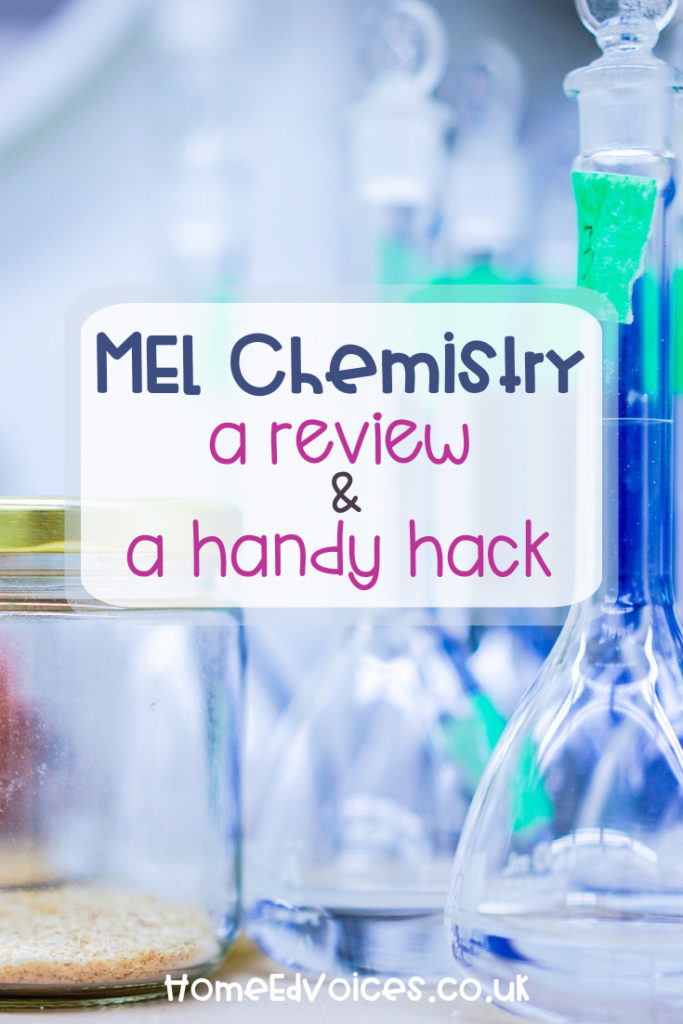
A review of MEL Chemistry
Pros:
I was very excited to discover MEL Chemistry earlier this year. I didn’t buy it straight away. Thirty pounds per month was enough of an investment to make me stop and consider carefully. What sold me on this subscription box was the starter kit. When you subscribe, MEL Science send you a box with a beaker, flask, funnel, stove, macro lens (for your phone or tablet for taking cool close-up photos of your experiments) and several other pieces of kit at no extra cost. I had a lot of this already. But I appreciated that MEL understood how difficult it can be to source these things. It showed that they had thought through what kit was necessary to complete all of their experiments so that I didn’t have to!
The starter kit also comes with a cardboard VR headset. I wouldn’t get too excited about this until you’ve checked your smart phone’s compatibility with the MEL Chemistry VR Lessons app. The app does work on our tablet which isn’t quite the same virtual experience. AND the VR lessons are now free with the monthly subscription.
With this subscription box, you get all of the chemicals and bits and pieces you will need to complete two to three experiments each month (there is the odd experiment that requires a lemon or an egg which they obviously won’t be sending you in the post). I was pleasantly surprised to find that the experiments also sometimes have ‘follow up’ experiments. Our first box had just two experiments. But each experiment had a follow up experiment. We actually did a chemistry experiment every week that month!
You can complete the experiment using the instruction card provided. I have to say these are well-worded and include helpful pictures! Or, you can complete the experiment with the MEL Chemistry app. The app breaks down the experiment’s steps into slides. The slides include timers for instructions like ‘ wait five minutes’ or ‘shake for two minutes’, which is useful. This app is also where you will find the ‘follow up’ experiments.
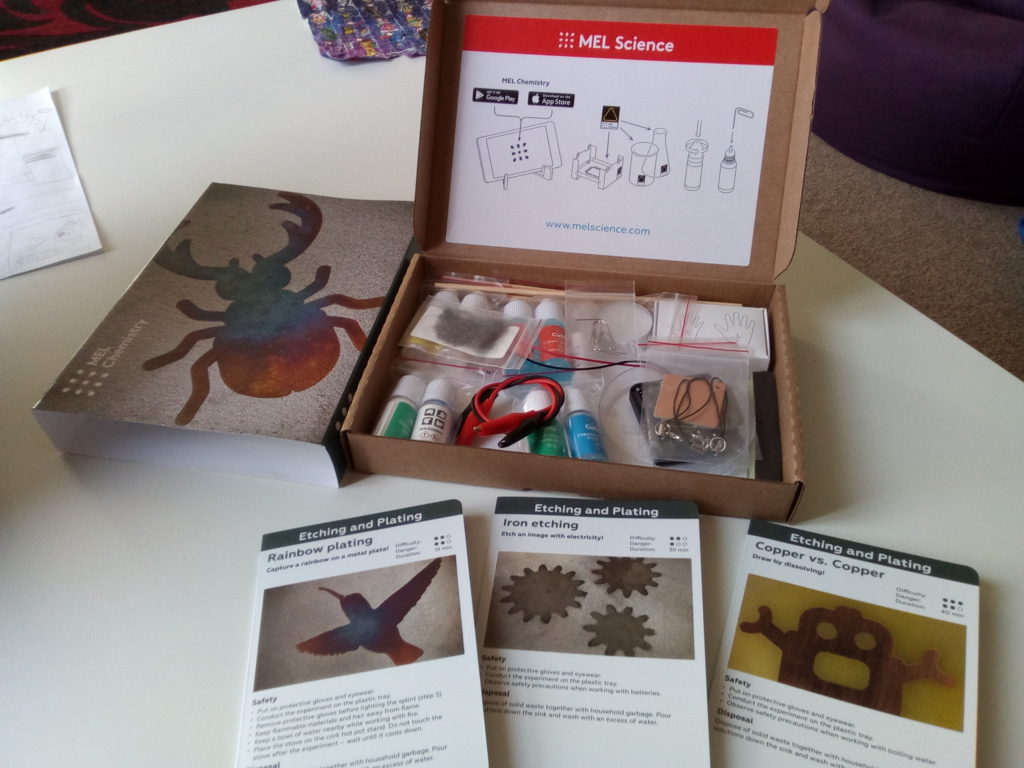

Bottom line: I can literally open this box and begin an experiment, confident that it will be simple and enjoyable.
Cons:
The experiments are so much fun. But the explanations of the chemical reactions that are occurring, the ‘scientific descriptions’, can be difficult for the novice chemist to make heads or tales of. The first set of experiments, if you are using the MEL Chemistry app, come with a video explanation of the chemical reaction at the atomic level. As far as I can tell, none of the other experiments have these videos. I hope they will be adding more.
The VR Lessons are short video lessons in chemistry that follow the national curriculum – they do not correspond to the experiments. They’re very accessible explanations and in time I am sure they will help us make more sense of the scientific descriptions. In the meantime, however, we’re pushing coloured skittles around on the table top to help us visualise the chemical reaction as we read the description aloud.
A handy hack for home edders
Personally, I find MEL Chemistry worth the cost. If you would really love to introduce your children to chemistry through MEL Science subscription boxes, but the cost feels too prohibitive, might I suggest halving the financial burden in one of two ways:
1) There really are enough chemicals in the box to do every experiment at least twice. Even the follow up experiments. If you have a friend with a child of a similar age and interest in chemistry, share the cost of the box and have an fun, informal weekly chemistry lesson.
2) Swap a box with a friend. My children are ten and six. Miss Six can take part in the experiments and enjoy the results, but she doesn’t get as much educational information out of them. A friend of mine has children of a similar age and she has a subscription to kiwi crate. When we get together, the older children work through MEL Chemistry experiments while the younger ones enjoy the Kiwi Crate.
Have you used MEL Chemistry? What do you think?
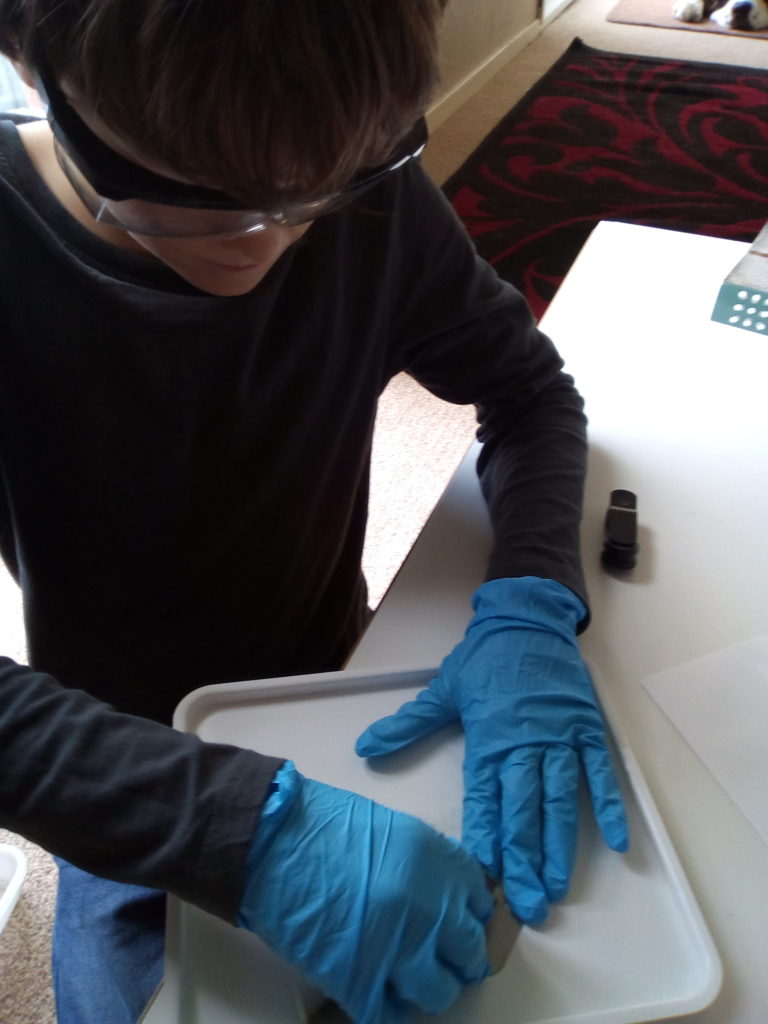
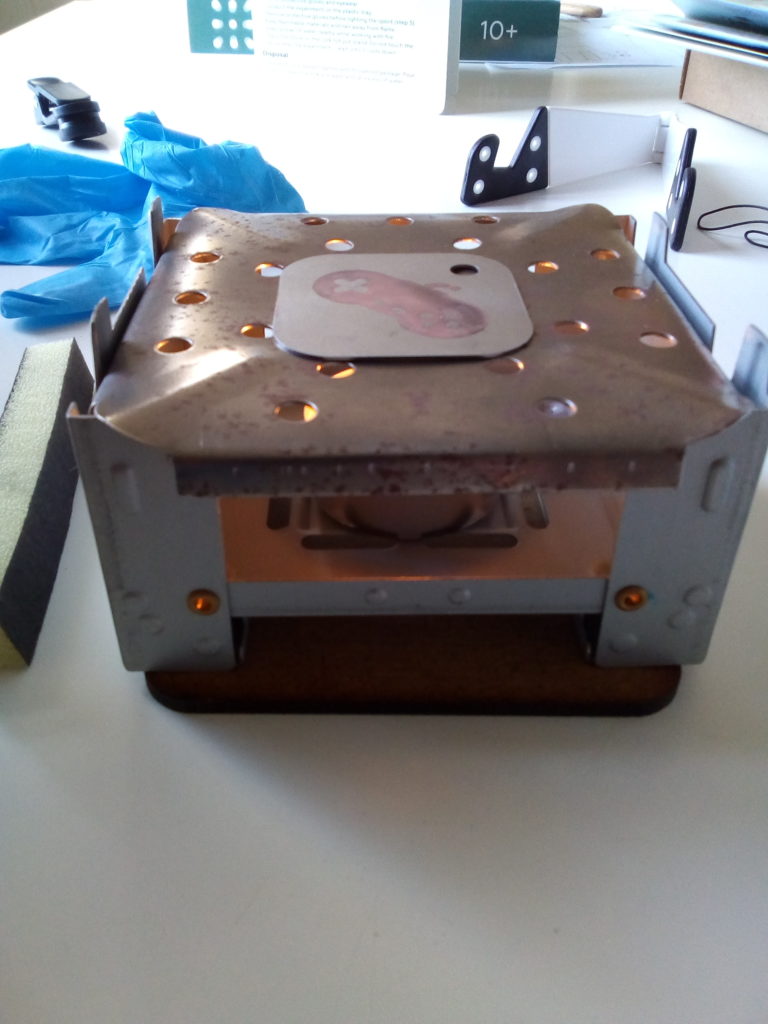
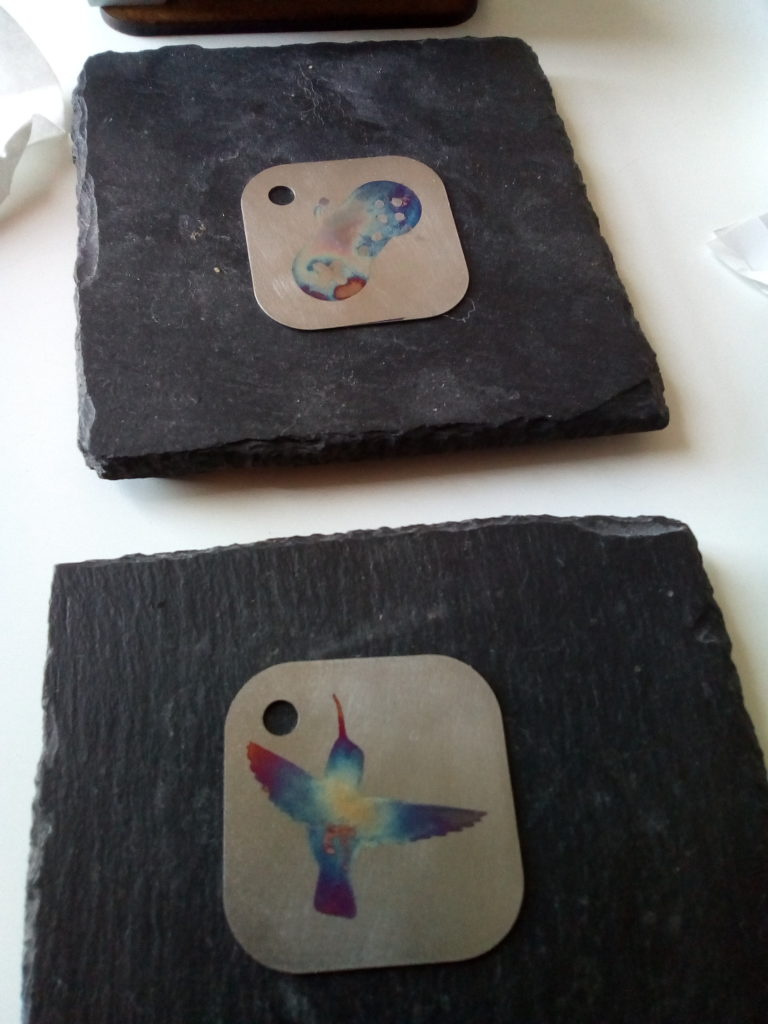
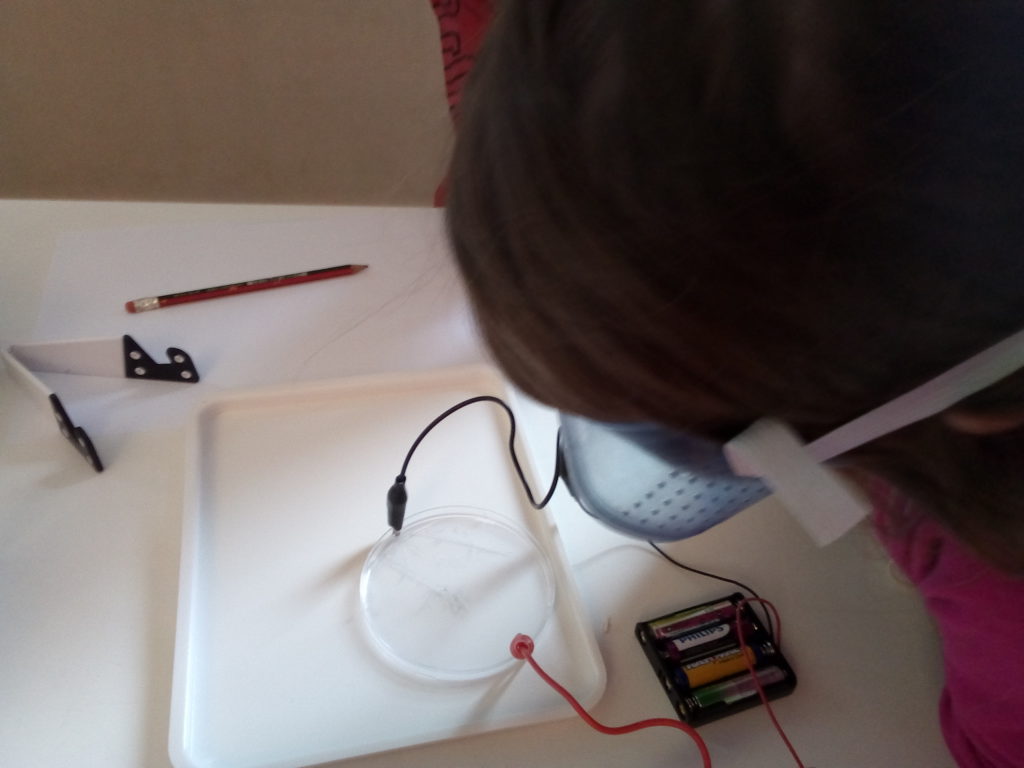
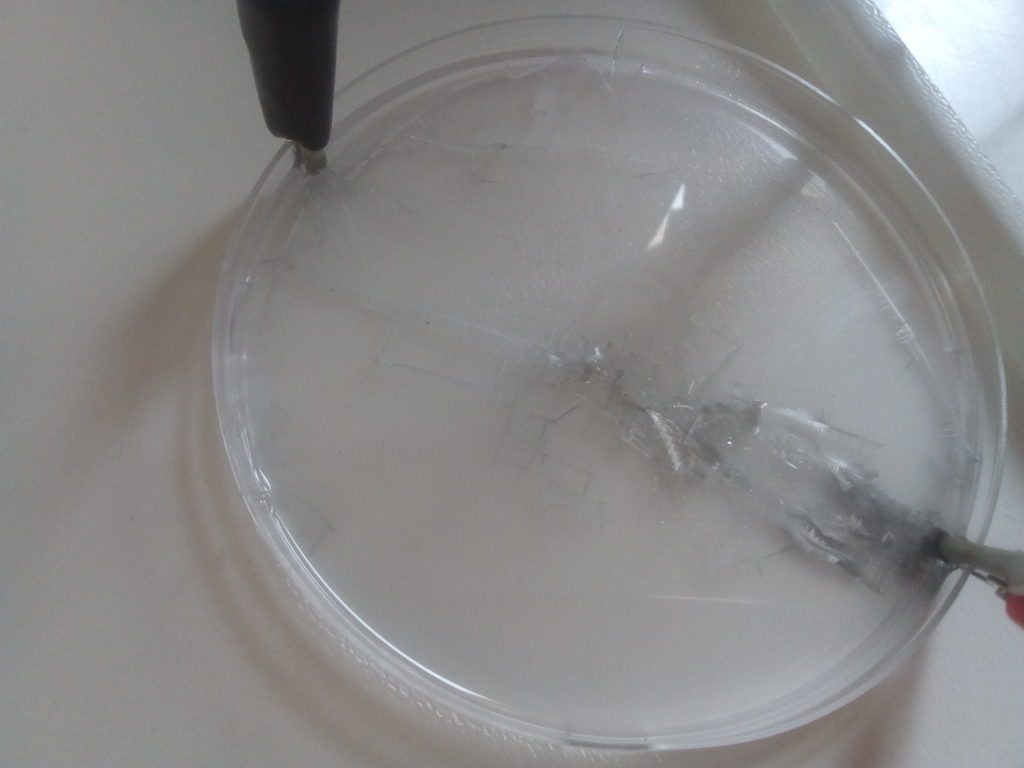
We haven’t used MEL chemistry, though I have looked at it with interest… ultimately for us it’s too expensive for what we’d get out of it I think. We do have the Trends UK ‘Chemistry Lab ‘ kit which includes a decent amount of basic equipment and chemicals; we’ve used it alongside a few extra bits and bobs to do most of the IGCSE Chemistry experiments so far. And last year we got a Curiousity Box subscription for a few months; it’s all sorts of science, not just Chemistry, at KS2 sort of level, but has a similar level of ‘everything included’ which I really appreciated.